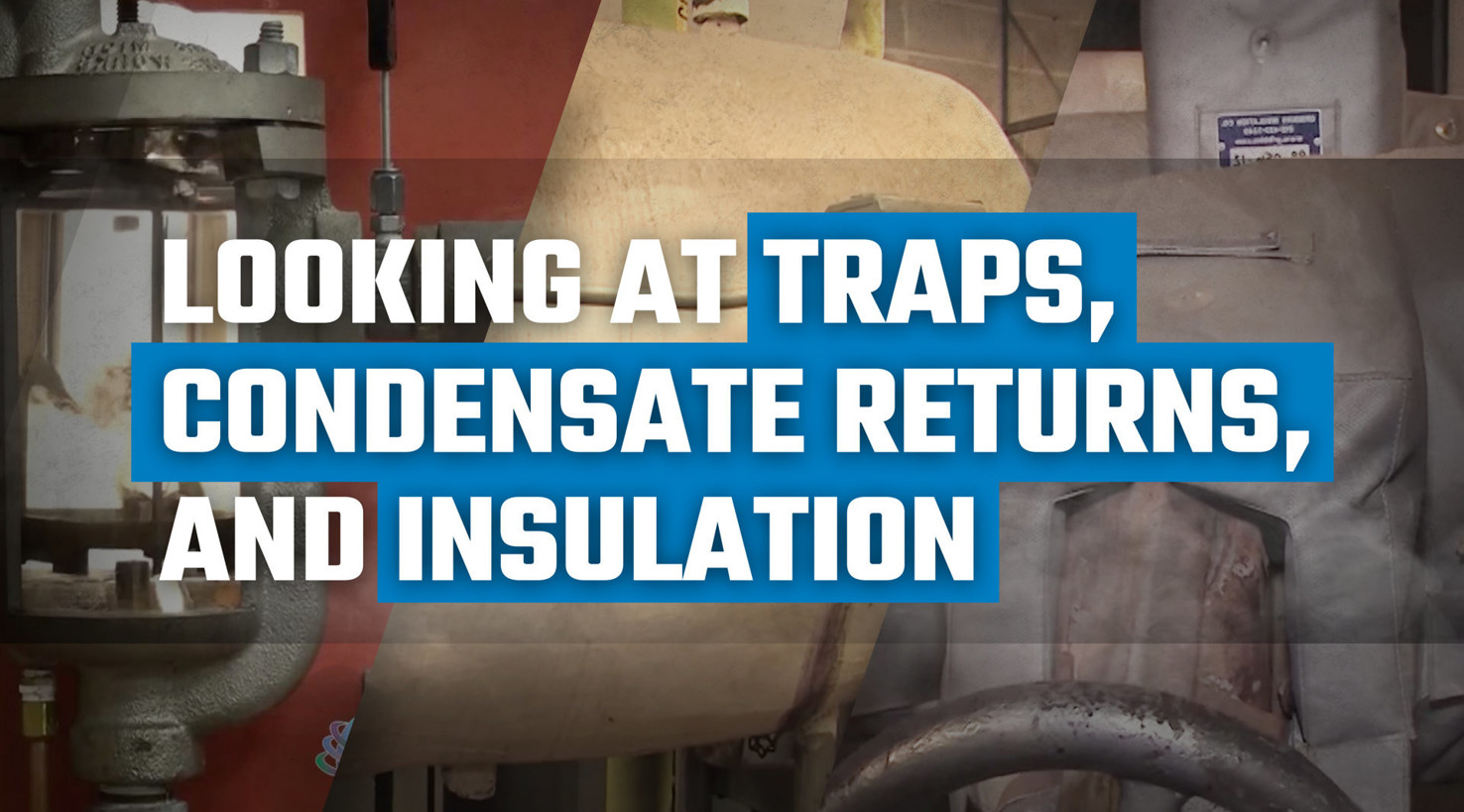Boiler systems are all about transferring energy. To do that efficiently and cost-effectively, they have to maintain heat and pressure, and remove condensate from the steam circuit. There are three parts of your system that are particularly good at maintaining those ideal operating conditions. Your traps, your insulation, and your condensate return. Installing and maintaining them will save energy in the long run, more than enough to justify the costs involved.
It’s a Trap
The traps in your system are there to remove the condensate from the steam. To do that, they have to have steam pass through them at some point. A properly functioning trap will do its job without losing a lot of steam pressure. If it works properly, your system operates efficiently and effectively, your downstream equipment and application sites are protected from water damage, and your steam pressure stays constant. However, if a steam trap fails, it can cost you energy and performance.
Slow and Steady
When a steam trap fails open, it can still drain condensate, so it may well continue to do its job. That can make it hard to detect the failure. What makes it even harder to detect is the fact that many steam leaks are inside the trap where you can’t see them. They may also be too small to hear. But that doesn’t mean they aren’t there. A professional inspection can detect these leaks, repair them, and restore your energy efficiency. Quarterly inspections more than pay for themselves with the potential energy savings they create.
The Insulation Installation Situation
Speaking of offsetting costs, insulating your system is always a smart choice. However, the break-even point on the investment may take longer in some systems than in others. In high-pressure systems, the break-even point between installation costs and energy savings happens fairly quickly. In lower-pressure systems, installation will still pay for itself over time, it just may take a little longer. If you get your system insulated, be sure to pay careful attention to the way it’s installed around your steam traps. If not done properly, it can interfere with the performance or testing of the trap.
Condensation Conversation
When talking about steam traps, it’s always a good idea to mention condensate tanks, because that’s where the steam traps send the water they collect. Condensate tanks pump the collected condensate back into the system, where it can be reused. They’re particularly useful in large-scale boiler systems where the condensate may collect a great distance away from the feed water tank.
If you have any concerns about your steam traps, insulation, or condensate tank, or want to get them serviced or replaced, the professionals at WARE are standing by to help. Contact us today!
